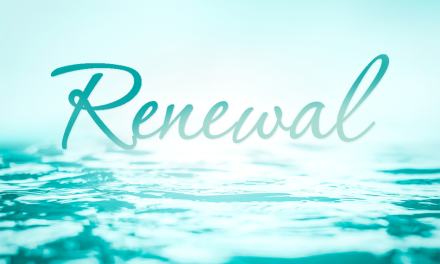Have you ever wondered what is the appropriate amount to tip for service? I know I have, especially as I am not originally from the US. When I first moved here, I found the excessive tipping such a strange thing to do until I found out how little people in the hospitality service industry are paid. It took me a while to get used to the fact that most dining adventures, spa treatments and taxi rides are really 15-20% more than your bill and these days I think the expectation is a little more, perhaps 25-30% for really good service. I know when I love what my hairdresser has done to my hair, I am also moving to 25%.
I did work in a bar for many years in England and the standard response to service when giving someone the price of a drink for example was “and your own.” This meant you take 10 pence. Seriously, 10 pence. If I made five pounds in a night, it was great. I know it is a little more these days and I do know people are starting to leave amounts of 5 – 10% for good service, but not always. Now I am the best customer in the world when I go home to England and tip for everything. Restaurants love me.
I did write an article some time ago called To Tip or Not to Tip, where I spoke about bad service and whether one should still tip. I really don’t think so but I do always tip and have been called an over-tipper by many of my friends.
I have been exchanging emails with someone who is part of the design team at HospitalityManagementSchools.org and thought given what I write about, this would be a good post. So, that all said, let’s talk about tipping in general. Here is a great guide to tipping that helps you calculate amounts for everything that has a tip expectation in the hospitality industry.
History of the Tip In the 16th century in England, brass urns were placed in coffee houses and local pubs with the inscription “To Insure Promptitude” or “T.I.P.” and wasn’t vital to business.
When the custom of tipping made its way to the United States, many people weren’t too happy about it. In the late 1890s, a movement began against tipping, as Americans believed tipping allowed service workers to be dependent on the higher class. An anti-tipping bill ultimately failed due to protests from both employers and service workers.
Today, many service workers rely on tips as a substantial part of their income and can be a good indication of how well they are servicing their customers. I find it very interesting that tipping started in England and had more or less gone away until recently and the US is perhaps going to the extreme, at least in some circumstances. Let’s face it, tipping jars are everywhere now… coffee houses, dry cleaners, bar bathroom attendants and many other places.
Examples of a Tip for Service
Hairdressers
- 15-20%. It is now acceptable to tip an owner, unless he or she says otherwise. Tip the shampoo person$2.
Manicurist
- 15-20%. If they do great service, then you can tip another $5.
Waiter
- 10-25%. No less than 10% for poor service.
Bartender
- 15-20%. 50 cents for soft drink, $1 for alcoholic drinks.
Food Delivery
- 15-20%. At least $1 for bills up to $10. Should tip 15-20% for a difficult delivery.
Taxi Driver
- 15-20%. $1 minimum. If the driver is loading your bags: $2 for the first bag, $1 for the second.
I am not sure I agree with all of these but it is definitely helpful, as are the many other suggestions on this site. There is a also a calculator to help work out actual amounts based on the percentage you want to give.







that is super helpful!
The other day I read a reddit interview from a NYC cab Driver who wrote that a proper tip, in his opinion, was $1 per mile. Whenever i take a cab, I usually go a good distance away, like 18-20 miles. that trip alone is expensive and teh cabby thinks he earned a $20 tip for driving me somewhere?
NO.
This list was very helpful tho!